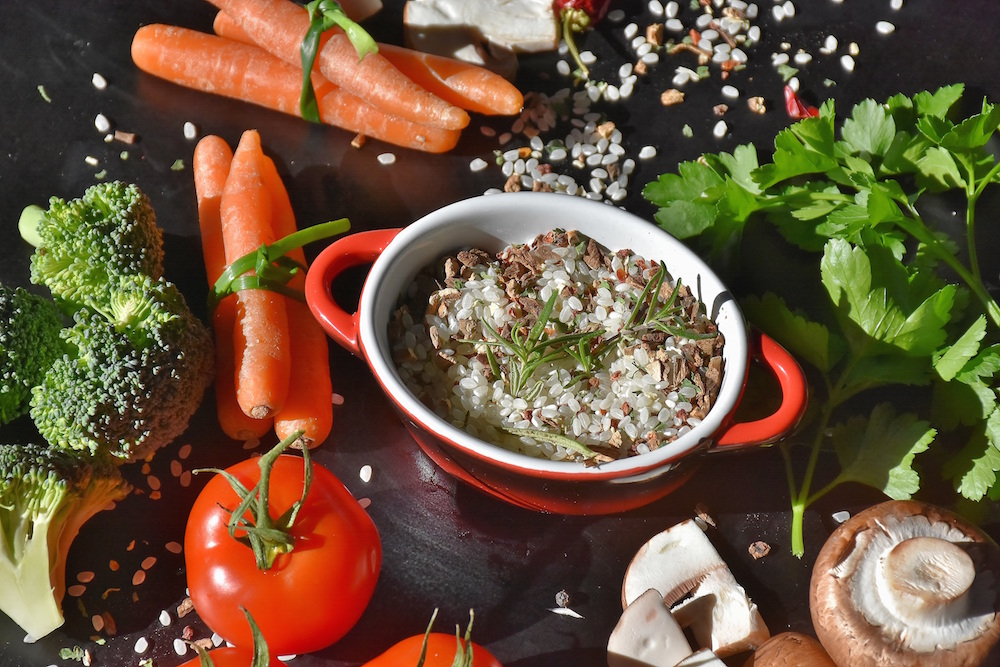Good cardiovascular health is one of the keys to a long life, but most people struggle with it. Lifestyle factors are the biggest contributor to a healthy heart for most people, and just a few changes can make a big difference. In particular, a heart healthy diet is vital, and fairly easy for most people to adopt.
Avoid Trans Fat
Trans fats raise a person’s cholesterol, which encourages heart disease. It’s fine to have a small amount, but they shouldn’t make up more than one percent of a person’s caloric intake. Most of them come from butter, and other solid fats. Replacing those foods with low-fat equivalents or alternatives is a great step towards a healthy diet, but it’s also important to look out for processed foods that can contain them in large quantities.

Small Portions
Eating too much is dangerous, even when eating healthy foods. Obesity is a major cause of heart disease, so cutting down on calories can be part of a heart healthy diet. There are a few tricks that can make it easier, such as eating out of small plates or bowls, or focusing on foods that are high in fiber. Doing so makes people feel full in spite of having eaten less food.
Careful Substitution
People who remove unhealthy fat or processed foods from their diet often replace them with things that are just as bad, such as foods that are high in sugar. That stops them from making any progress towards a healthy diet. It’s easy to dodge this problem by paying attention to every food and comparing options before making a purchase.
Limit Sodium
People who eat too much salt tend to develop high blood pressure, which leads to problems with their hearts. Most individuals in the developed world fall into that category, because processed foods tend to have far more salt than is healthy. The average person should have about a teaspoon of salt every day, and most people have more.
Cutting down on processed food is the easiest way to fix this problem, but low-sodium alternatives are available for the people who need convenience. Adding less salt to food can also help.
The flavors may seem different at first, but that is because people can get used to a high salt level and stop noticing it. Most people adapt to a healthier level within a few weeks, at which point low sodium foods tend to taste good, while options with more sodium start tasting too salty.
Plan Ahead
A heart healthy diet depends on planning. People who plan ahead can make sure that they have healthy options available, while people who don’t plan get stuck with whatever options are available. In most cases, those options are unhealthy.
Simply creating daily menus for one or two weeks ahead of time will be enough to avoid most problems. It takes a little bit of effort, but it can save time and money in the long run because it eliminates waste in addition to being healthier.